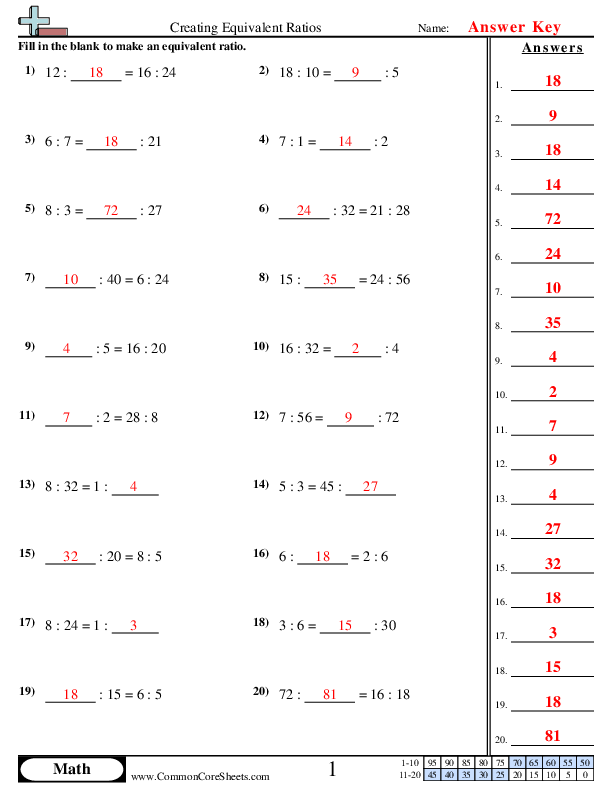Determining Proportionality with Tables
7rp2a


×
Description:
"This worksheet is designed to educate children about the concept of proportionality in math. Through 12 problem sets, learners uncover relational values via tabular representation. With the ability to convert content into flash cards, the worksheet supports both in-person and distance learning. Depending on learners' needs, its content can be customized to promote active learning and cater to individual pace and level."

×
Student Goals:
Understanding of Proportional RelationshipsWith the completion of this worksheet, students would understand the core concept of proportional relationship through tables. By working with tables carrying different values, they can comprehend how altering one quantity impacts another quantity and their relationship. They'll accurately discern if two quantities are proportional by observing the consistency in ratios.Proficiency in Problem SolvingCompletion of the worksheet means the students have exercised their problem-solving skills by applying their learned concepts of proportional relation in everyday situations. This enhances their arithmetic acuity and critical thinking, which are vital skills for academic progress and for facing real-world challenges.Improvement in Mathematical ReasoningWorking through this set of problems, students upgrade their mathematical reasoning skills. They will be able to interpret and evaluate the data arranged in tables to uncover patterns, identify anomalies, and draw conclusions. These skills are crucial not only in maths but in various scientific and technological disciplines.Mastering Core Math ConceptsBy finishing the worksheet, students would have mastered the core math concept of ratios, rates, and proportional relationships. For instance, they can now understand how ratios and rates are created, used, and interpreted in different contexts. This foundational knowledge is essential for learning more complex mathematics topics in the future.Increase in ConfidenceSuccessfully navigating varied and challenging mathematical problems increases students' confidence in their mathematical abilities. This confidence inevitably reflects in their academic performance and can even help foster a more positive relationship with the subject of mathematics, often considered difficult.

